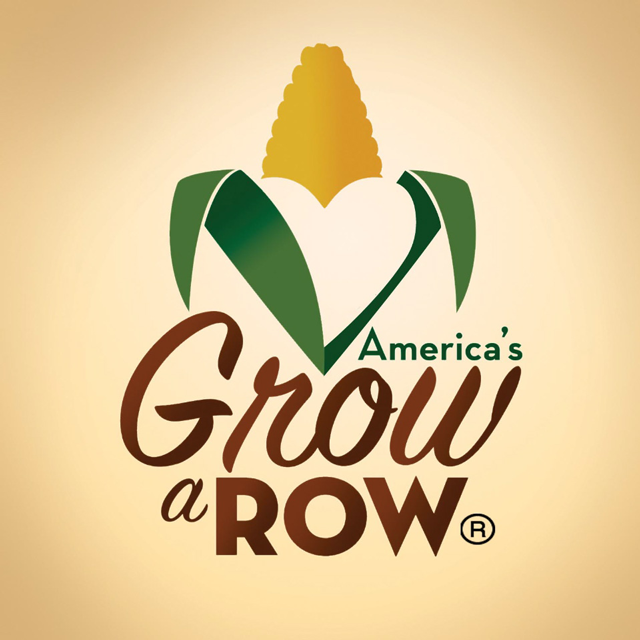Being Green
Tristan Wallack, our new Senior Director of Programming and Operations, shares some reflections after his first two weeks at America’s Grow-a-Row.
As I write this, I am finishing up my second week at America’s Grow-a-Row, and what a two weeks it has been! When I accepted my new position as Senior Director of Programming and Operations, I was excited about all of the opportunities and possibilities that came with it. As a person who worked in food banking for over 10 years, I have known of the incredible work of America’s Grow-a-Row for a long time. However, it was not until I actually started working here that I fully appreciated everything that is taking place.
Most people who do not work in food banking or hunger relief do not understand how incredibly complicated the work is. The first challenge is finding the food. If the product is donated, you never know what you will get, how much you will get, and most importantly WHEN you will get it! If you are lucky enough to find the food, you then need to transport it. You need to have a driver and vehicle to do this. Drivers sometimes call out sick or cancel. Vehicles sometimes break down. If the product is perishable, it needs to be transported in a refrigerated truck for food safety, and these are not cheap. If you can get the product to your location, you typically need to store it for at least 12-24 hours before the food can be distributed to the end user. Therefore, you need to have space for the food. And if the product happens to be perishable, you need highly coveted refrigeration or freezer space, also very expensive.
Those are some of the challenges of food banking. Now let me bring you back to America’s Grow-a-Row. Instead of the product being given to us, we have to grow it. I am quickly learning that it is not as simple as dropping some seeds into the dirt and waiting for something to pop up so you can pick it. The soil has to be ideal for the specific types of produce you are trying to grow. The crops need to be constantly rotated from year to year to obtain optimal nutrients from the ground and prevent disease. Soil samples are constantly taken to test for various levels of nutrients in the ground. If the ratios are off by just a little bit, huge crops will be lost. There are insects to contend with. If an area of fence around the field is down, deer can get in and create havoc. Perennials such as apple and peach trees need to be carefully and properly pruned in the off-season.
I have not even begun to discuss weather. There might not be enough rain water in the spring, or worse, too much. Seeds will wash away. There are hailstorms that are damaging, thunderstorms with heavy flooding, drought. All of these things have huge impacts on yield.
And then there is the picking of the produce. This is where volunteers come in at the heart of America’s Grow-a-Row’s mission. Like donated food, grown food does not come with a neat little timetable or schedule. The produce is ready to be picked based on the multitude of factors listed above, but it is America’s Grow-a-Row’s job to make sure the volunteers are aligned and available when the produce is ready. The entire process is akin to juggling dishes with one arm tied behind your back. That is what makes all of this work so impressive.
In the end, all of it is done to make sure fresh, healthy produce gets to those in need. Fortunately there is an exceptional team here. Beyond their vast amounts of knowledge and expertise, everyone is so kind and welcoming. They know what they are doing, and they are eager to assist in any way they can. This is going to be challenging work, but it is very important work, so I welcome the challenge. I’m green. But I know one day I will get to where I need to be. In the meantime, I will continue to learn in awe and deeply appreciate what is happening here.







